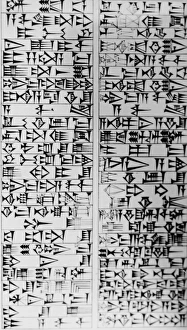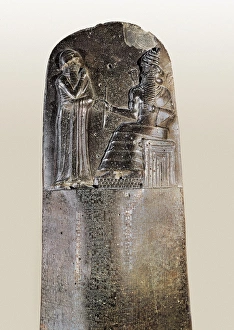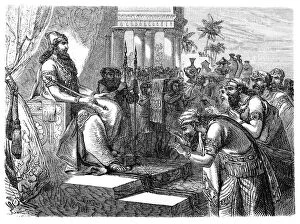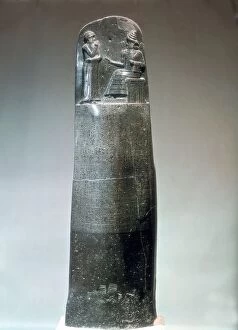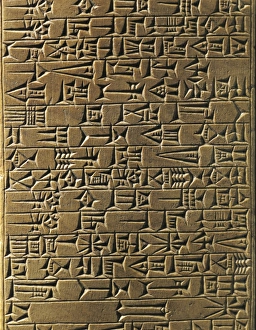Hammurabi Collection
Hammurabi, the renowned King of Babylonia from 1798 to 1756 BC, left an indelible mark on history with his famous Code of Hammurabi
All Professionally Made to Order for Quick Shipping
Hammurabi, the renowned King of Babylonia from 1798 to 1756 BC, left an indelible mark on history with his famous Code of Hammurabi. This ancient legal code, inscribed on a diorite stele in the 18th century BC, consisted of 282 laws that governed various aspects of Babylonian society. The Table showing King Hammurapi at worship provides a glimpse into the religious practices and beliefs during his reign. It depicts the king offering homage to the God Amurru, showcasing his devotion and commitment to spirituality. A fascinating artifact associated with a statuette believed to represent him as a worshipper. This figurine dedicated to Amurru further emphasizes his religious fervor and dedication. The bilingual inscription erected by King Hammurabi on a tablet highlights his efforts towards administrative efficiency and communication within his empire. This exemplifies not only his wisdom but also showcases advancements in governance during this period. Another remarkable depiction is found on a stone stele inscribed with laws attributed to Hammurabi. These laws were designed to establish justice and maintain order within Babylonian society. The attention given to law enforcement demonstrates Hammurabi's commitment towards creating a fair system for all citizens. Paying homage to an Assyrian ruler signifies diplomatic relations between neighboring kingdoms during this era. It reflects Hammurabi's political acumen and ability to navigate complex alliances for the benefit of Babylonia.

